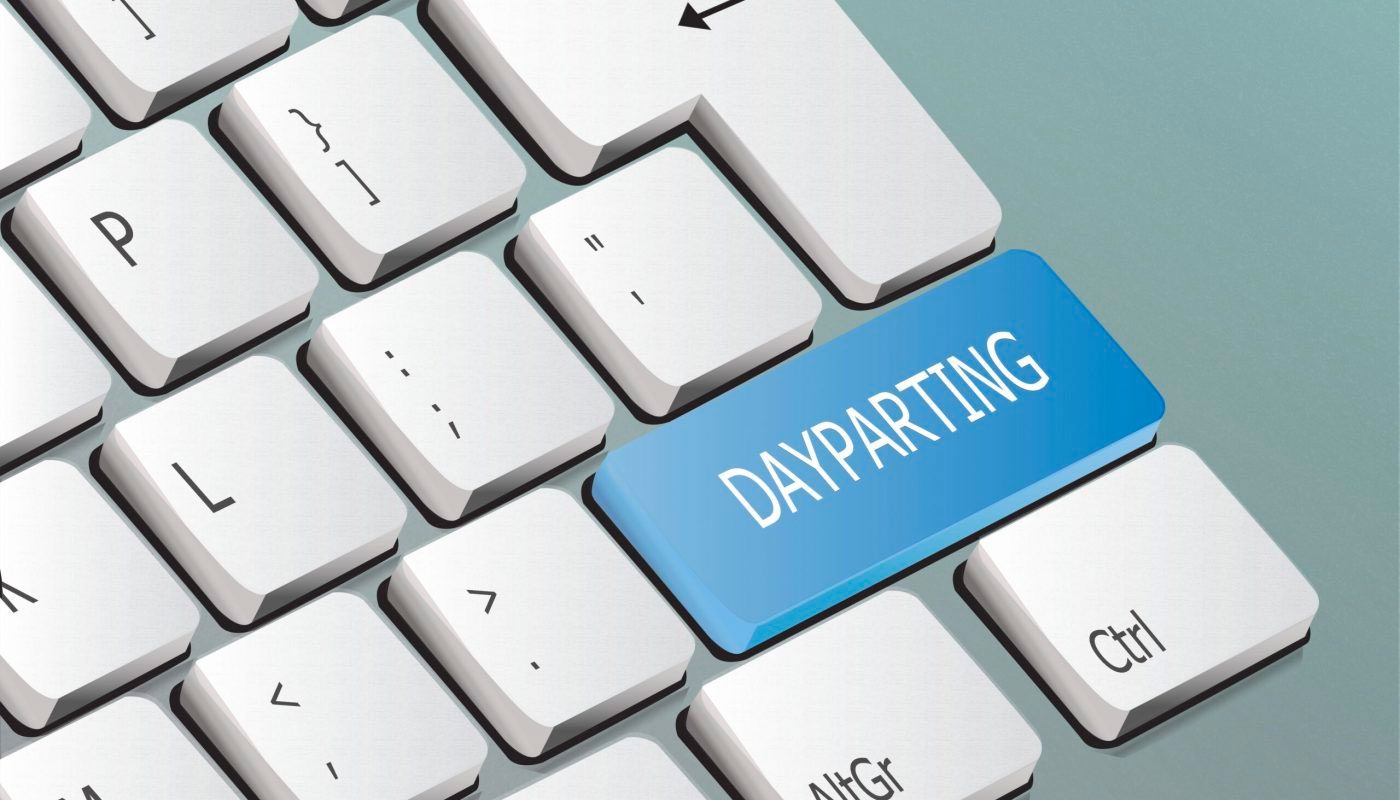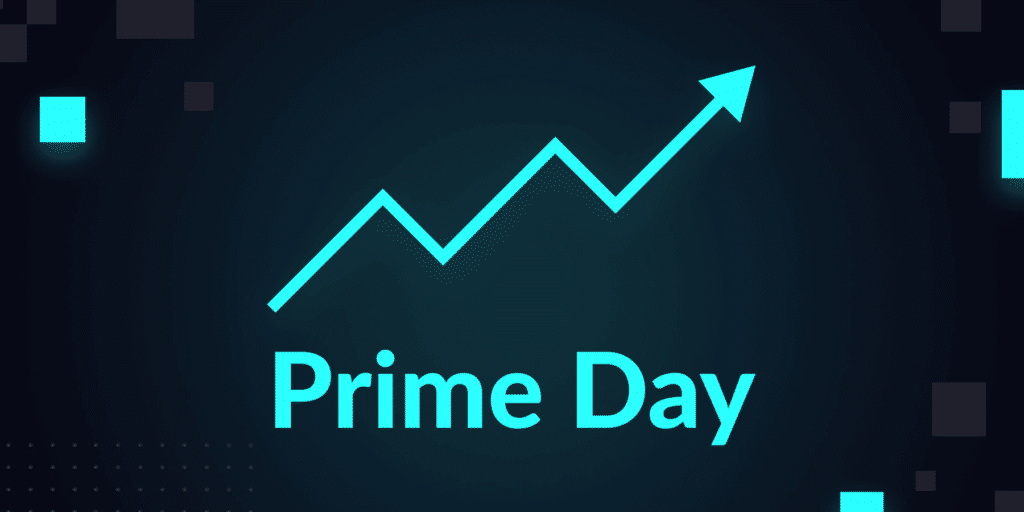What is Amazon PPC dayparting? Dayparting is an advertising tactic that lets you optimize your performance based on the specific time of day and/or day of the week.
With dayparting, you can bid up during high-performing time periods and bid down during low-performing time periods.
Dayparting lets you optimize your ACOS on an hourly basis. After all, CPCs fluctuate throughout the day. We find that, in general, CPCs are lower at night. So if your ACOS remains low at night, it could be well worth bidding up by evening time.
What does Amazon Marketing Stream have to do with it? Dayparting has gained extra credibility since 2022, when Amazon released an API called Amazon Marketing Stream. Amazon Marketing Stream offered advertisers hour-by-hour data on their performance. That makes it much easier to see how your campaigns performed throughout the day.
But what are the best strategies for Amazon PPC dayparting? How can you daypart at scale? And how do factors like attribution windows influence your data?
Read on if you’re ready to become an expert in dayparting strategy on Amazon.
What is the best time of day to run a PPC campaign on Amazon?
Spoiler: There’s no single answer. The optimal time of day to run your PPC ads on Amazon varies a lot based on the product you sell and the audience you want to reach.
Let’s take some hypothetical examples. Coffee brands are probably going to have the most success advertising in the morning, when people are most likely to be thinking about coffee.
Let’s say you sell coffee beans. Those early morning hours are when shoppers are most likely to want to reorder a new bag. That could make 6 a.m. to 9 a.m. a sweet spot for your advertising.
Similarly, let’s say you sell sleep aids or sleep-related vitamins. You’re probably going to see the highest conversion rates late at night. That’s when shoppers are experiencing sleeplessness most acutely. Some might channel their frustration into a late-night purchase.
However, these examples are only hypotheticals. The only way to know your optimal time to bid on Amazon PPC ads is to study the Amazon Marketing Stream data. When you use Intentwise Ad Optimizer to manage your bids, we make it easy to track your ACOS and other metrics by hour and by day of the week.
At a glance, you can see exactly when your ad spend is most efficient.
Then, if you identify a time when your ACOS is best, you can easily implement an automated rule to bid up during those hours. The best: You can do all of this directly in our platform.
What PPC dayparting mistakes am I making?
The big mistake we see again and again: Don’t accidentally run out of budget.
At Intentwise, we’ve been poring over Amazon Marketing Stream data for years. We have found that CPCs tend to go down toward the end of the day. That’s because advertisers are spending through their daily budget by the evening.
Bidding on keywords therefore becomes less competitive—and less costly—at night.
The good news: If you’re smart about staying within budget during the day, that knowledge can open up a lot of opportunities for your brand. Lower CPCs at night don’t necessarily mean shoppers aren’t making purchases at night. If you’re savvy, you can reach your shoppers for much less money at night using dayparting. You just have to be smart about analyzing the Amazon Marketing Stream data.
You also have to be sure you stay within your daily budget. How do you do that? Either raise your daily budget, or lower your bids.
Can I daypart directly on Amazon?
Initially, you could only execute dayparting strategies if you worked with an API partner that had access to Amazon Marketing Stream. That changed in 2023, when Amazon introduced a dayparting capability directly in the Amazon Ad Console.
Now, Amazon lets you daypart through a feature called “With Schedule Rules.” Basically, with the “Schedule Rules” option, you can automatically adjust your bids depending on the time of day. If you decide that 8 a.m. to 10 a.m. on Wednesday is your peak time, you can automatically bid up during those two hours.
What are the limitations of Amazon’s native dayparting tool?
Amazon’s native dayparting tool has many limitations, however. One of the most important limitations is that you can only bid up through Amazon’s “Schedule Rules” tool.
Let’s say that again: You can only use Amazon’s native dayparting tool to increase your bid during your peak hours. If you identify periods of time where your ads tend to perform poorly, you cannot bid down from the Ad Console.
The inability to bid down limits the usefulness of Amazon’s Ad Console dayparting system. A good dayparting strategy, after all, is dynamic: You bid up during high-performing times of the day, and you bid down during low-performing times.
The only way to bid dynamically is through an API partner like Intentwise. In our Ad Optimizer product, we make it easy to write automated rules to optimize your bids based on the time of day.
The other limitation of Amazon’s native dayparting tool is that it’s difficult to see your hourly data. You can get this real-time performance data, if you navigate to the Sponsored Products Campaign Report and select “Hourly” as your time unit. But you have to constantly download reports to see that real time.
It’s much easier to see hour-by-hour performance data in a clean dashboard. For that, you’re going to need to work with a partner like Intentwise.
Does PPC dayparting take attribution windows into account?
We love Amazon Marketing Stream. But we also think all advertisers should be clear on exactly what Amazon Marketing Stream is measuring so that they implement dayparting properly.
Nowhere is this more clear to us than when it comes to advertising attribution windows. Amazon Marketing Stream tells you the exact time of day and week that a shopper interacted with your ad. Conversions, however, are reported based on the hour when the click they are attributed to occurred.
Let’s say a shopper saw your ad for melatonin at 11 pm on Tuesday night. Maybe they purchased from you right then and there. But maybe they waited a day and a half, until Thursday morning, to make the purchase.
Amazon Marketing Stream won’t show you those nuances. Conversion data is updated daily, weekly, and monthly, meaning there could be a delay in reporting attributed ad sales when looking at Amazon Marketing Stream data.
How does Time to Conversion factor into PPC dayparting?
That discrepancy between ad view and actual purchase is a bigger issue for some brands than others. Snack brands, for instance, tend to see a very small Time to Conversion. In other words, people tend to buy those products right after seeing an ad.
By contrast, luxury brands have longer Time to Conversions. Shoppers might wait days after seeing an ad before making a purchase, in part because it’s a lot more pricey.
Knowing your Time To Conversion is critical for your dayparting strategy. If your product tends to have a long Time to Conversion, your hourly ad performance data won’t capture all of the nuance at play.
Big picture: While hourly-level data is great, you should still look at multiple days or weeks of data at the hourly grain in order to identify patterns in ACOS. Looking at a single day could easily skew the results due to delayed attribution.
Want to know the Time to Conversion for your products? You can easily unlock these insights—and so much more—in Intentwise Explore, our platform that supercharges Amazon Marketing Cloud. Choose our pre-written Time to Conversion query, select the ASINs of interest, and watch as your results load automatically, no SQL needed.







